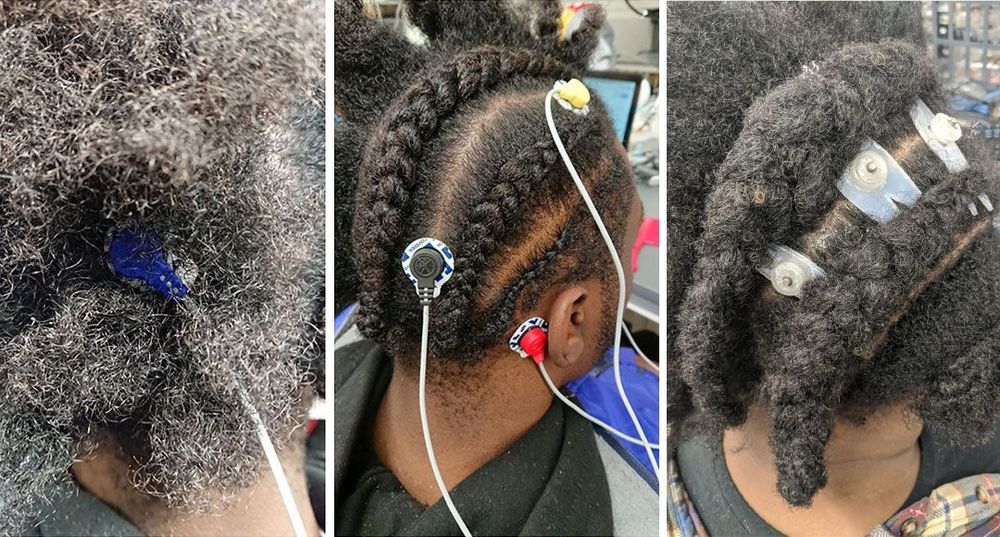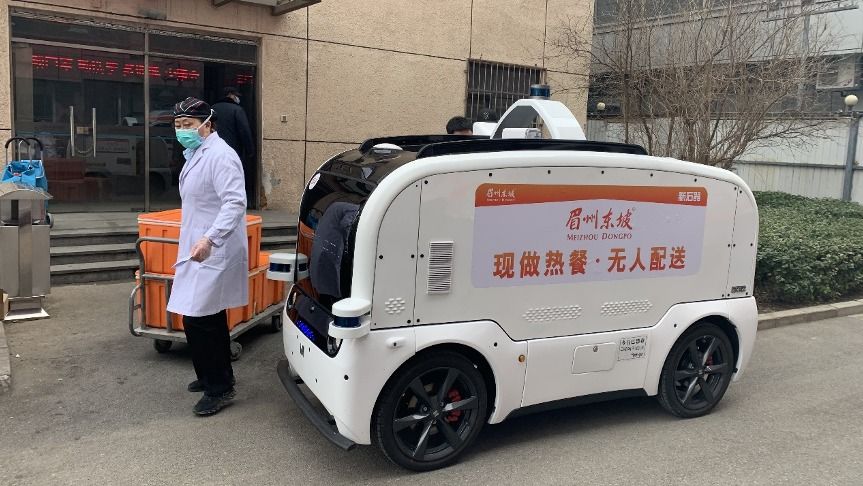Electrodes weren’t designed for people with thick, curly hair. A redesign is needed, says engineer Pulkit Grover.



“Our museum has some plum blossoms at the entrance, so while I was hosting, I said it was such a pity that nobody could appreciate the flowers because of the outbreak,” said Jiang, who is a tour host herself. “Then I saw a comment saying, ‘No worries, millions of us just saw it!’ I was touched.”
By offering online tours and a marketplace for souvenirs, e-commerce platforms are helping visitor-less tourist sites survive the COVID-19 epidemic.


At 11 a.m., one hour after the lab opened, the wait time was three hours. The site is open from 10 a.m. to 2 p.m.
Health officials will create a cutoff point in line. Those on the wrong side of that cutoff will get first preference tomorrow when the lab reopens, the Colorado Department of Health and Environment said in a statement.
The state urged people with symptoms and people who believe they have been exposed to the novel coronavirus to ask their doctor about getting swabs analyzed by private providers who now have the capacity to complete testing.

“In the case of the Industrial Revolution, people’s lives didn’t improve for seven decades,” Frey says. “That’s two generations. I think we need to be very concerned about some of these short-term effects on people.”
Frey says for seven decades wages were stagnant, food consumption decreased and “people’s living standards deteriorated.” The economy was doing quite well, but most of the workers weren’t seeing the benefits of that economy.
“Because people’s living standards deteriorated, people rioted against mechanized factories. The Luddites are often portrayed as these irrational enemies of progress, and to some extent, that’s right if you take a very long term view,””
The case against the flawed argument that automation won’t be so bad.
Reversing aging with gene therapy:
Check out http://InspiredInsider.com — Insider Stories with Top Leaders and Entrepreneurs on INspiredINsider.com with Dr. Jeremy Weisz.
Other Entrepreneurs featured on InspiredInsider include founders of P90 X — Tony Horton, Einstein Bagels, Atari, and Baby Einstein and many more.
All Time Favorites:
Founder of P90X — http://www.inspiredinsider.com/tony-horton-p90x-interview/
Founder of Atari — http://www.inspiredinsider.com/nolan-bushnell-atari-brainrush-interview/

Scientists have accidentally solved a decades-old quantum puzzle that could lead to new breakthroughs in entirely different kinds of computers. The breakthrough discovery not only solves a mystery that has perplexed scientists for more than half a century, but could allow researchers new capabilities when they are building quantum computers and sensors. It means that.

Electromagnetic radiation, radar, and surveillance technology are used to transfer sounds and thoughts into people’s brain. UN started their investigation after receiving thousands of testimonies from so-called “targeted individuals” (TIs).”
Magnus Olsson, Geneva 8 March 2020
UN Human Rights Council (HRC) Special Rapporteur on torture revealed during the 43rd HRC that Cyber technology is not only used for internet and 5G. It is also used to target individuals remotely – through intimidation, harassment and public shaming.
On the 28th of February in Geneva, Professor Nils Melzer, UN Special Rapporteur on Torture and other Cruel Inhuman Degrading Treatment and Punishment, has officially confirmed that cyber torture exists and investigation is now underway on how to tackle it legally.
The five main string-theory candidates may all just be pieces of a larger, cohesive whole — and M-theory could bring them together.
